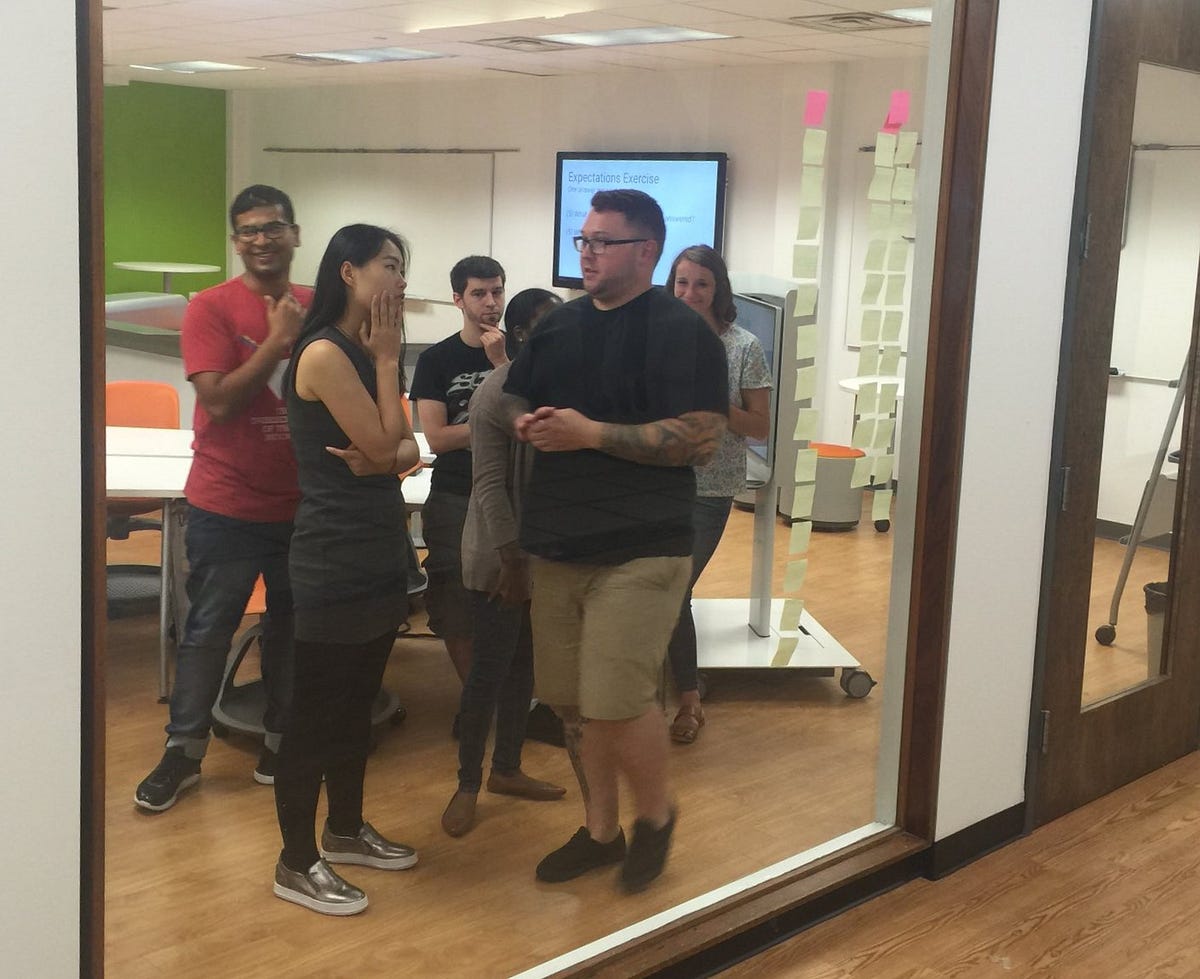I’ve been doing some sort of “life-tracking” with websites, apps, or pen and paper for years. In some ways, it started when I wrote my first diary entry at age 9. Now it’s a way of keeping track of different bits of information related to my health. What I want, ultimately, is to understand myself better so that I can be more physically and emotionally fit.
At the moment, I’m using these apps on my Android phone:
- Migraine Buddy (despite the name, I’m mostly tracking sinus headaches)
- Daylio (daily mood journal)
- Accupedo (a basic pedometer)
- Google Fit (it came with a system update. I’m still so-so about it, but I do like the minutes/day activity tracking.)
- Clue (menstrual cycle tracking; I’ve also recently tried Planned Parenthood’s Spot On.)
- Sleep Better (sleep tracking)
I’ve tried many more, including a few types I’m not using now.[1]Notably, diet, bicycle rides, and depression. I’d like to something for tracking weight-lifting, which I just started. Instead: Google Sheets. They all have their pluses and minuses, but there’s a few commonalities that make the system as a whole feel not quite right.
Apps don’t ask for the right information. I’ve been using the same sleep tracking app for over a year. It’s great that it detects movement and times my alarm accordingly. But the other stuff it asks me about (exercise, caffeine, alcohol, stressful day, not-my-bed, ate late) don’t seem to correlate with any patterns of good or bad sleep. Nor do the phases of the moon, which it’s also tracking. So I’m not able to change anything to get better sleep; I just know when it was bad.
Conversely, it asks about dreams, but in a way that implies a single dream per night. The heck?
Clue, which in many other ways I love, fits moods into 4 tiny boxes, including “PMS”, which yo: if I was paying attention enough to identify that this feeling was PMS, I might not actually need the app?
Migraine Buddy tries to get me to track potential triggers all the time, but I can never figure out which day it’s asking about.[2]It’s gotten better about displaying this. Honestly, I’ve been really impressed by the leaps forward in Migraine Buddy.
Meanwhile, I’m recording the same information across multiple apps. Is my mood related to my headache? My menstrual cycle? My sleep patterns? Is my headache related to my mood? Did my exercise help with my cramps?
I like that Daylio allows me to add in as many different events/factors that might relate to mood as I want (with cute icons, even), but there’s no cross-app format or API that when I add a headache in Migraine Buddy, it automatically fills in the bubble in Daylio. Or when I add today’s general mood in Daylio, it would absolutely help to have it shared over to my period-tracker.
Migraine Buddy is tracking my sleep automatically, allegedly, but it’s much wonkier than what I get from Sleep Better. I’d much rather use Sleep Better’s data to feed Migraine Buddy.
Because I prefer having different apps that are good at what they do, rather than having a single app try to do all the things. As with Migraine Buddy’s sleep tracking wonkiness; on the other hand, it’s great at asking me where on my head it hurts, and what things I’ve tried to make it not hurt.
It’s not an app, but I’ve been using Monthly Info for almost a decade, and it’s perfect at one thing: when is my period likely to start, and within what range of dates, because it’s got enough data that it can even calculate my standard deviation. I can make choices based on that information.
What I really want is a standard format for life-tracking data and the ability to tell apps how to share with each other. So that maybe I can see patterns I’m not getting now. Maybe I can make better choices, or understand the effects of the choices I’m making.
Unfortunately, that level of open sharing probably doesn’t match anybody’s business model.


